

Neil Briscoe
6 Days Ago
Speaking from his New South Wales home, Nick Connor told CarExpert how Volvo is handling COVID-19, explained the move to a five-year warranty, offered insight into the upcoming XC40 Recharge, and spoke about why he's stuck with Volvo for so long.

Contributor
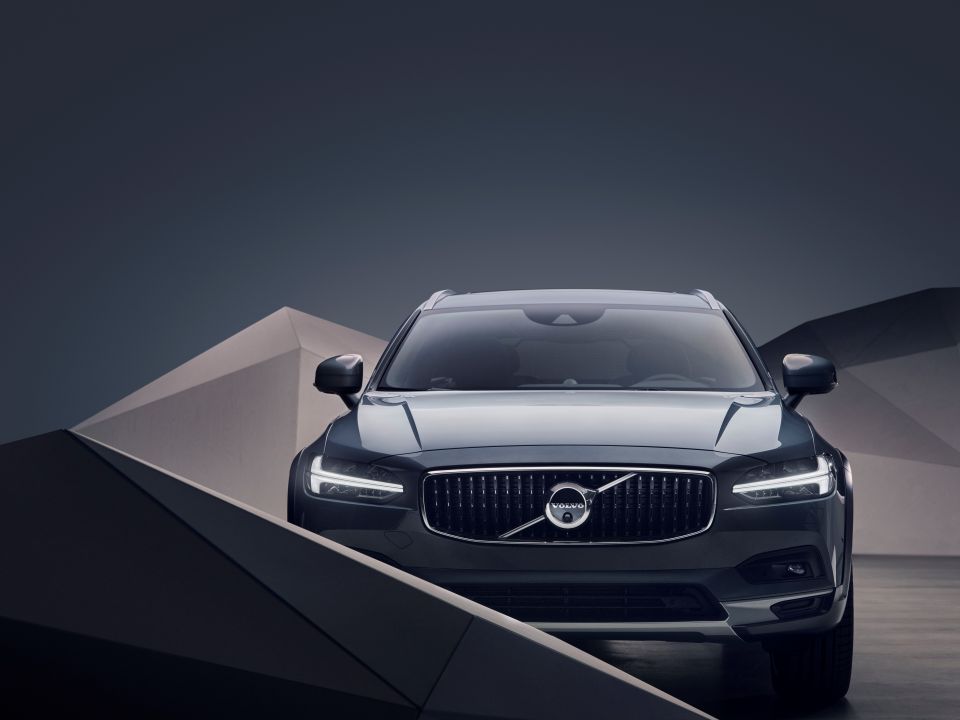

Contributor
Nick Connor is a veteran of the automotive industry. He joined Volvo Car UK as company solicitor and secretary in December 1995, working through the ranks and ascending to managing director in 2011.
In 2016 he headed to the Volvo mothership in Gothenburg, Sweden, to lead the young Polestar brand, before moving into the role of Volvo vice president in 2017.
His most recent role at Volvo Car, though, is managing director of Volvo Australia.
The brand has been charging Down Under, recording 25 consecutive months of growth to the end of February. Coronavirus put an end to that in March, however.
Speaking from his New South Wales home, Mr Connor told CarExpert how Volvo is handling COVID-19, explained the move to a five-year warranty, offered insight into the upcoming XC40 Recharge, and spoke about why he’s stuck with Volvo for so long.
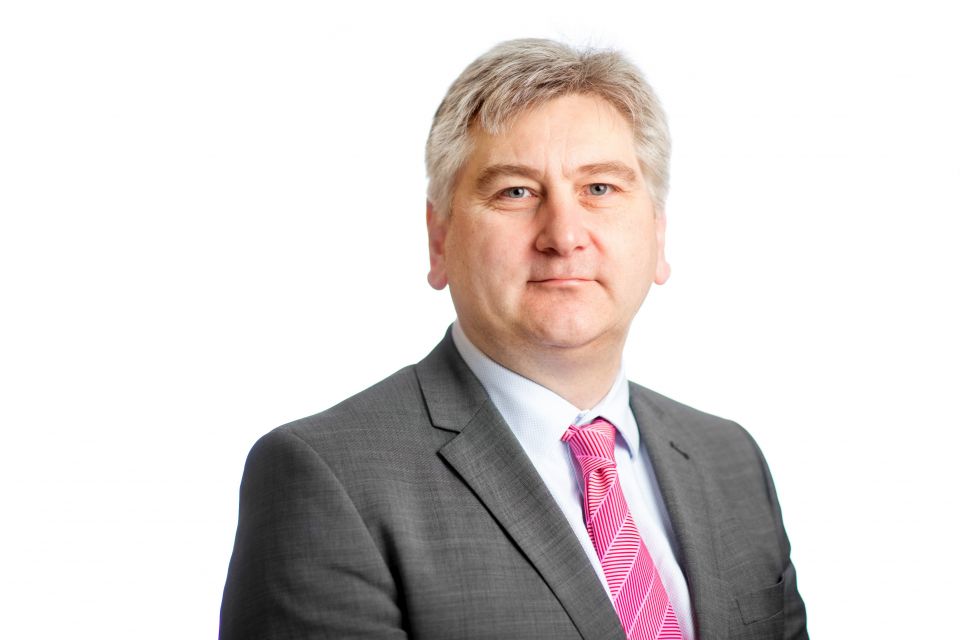
Nick Connor: In terms of dealer operations, most of them remain open. There are a few that have consolidated operations where they’ve got multiple dealerships in one PMA [primary market area] – some of them have just kept one dealership open and reduced staff numbers.
But by and large, the dealers are open. If customers are interested in a test drive they’ll deliver the car, effectively sanitise it before it’s handed over to the customers. Obviously it’s difficult for people to come into the dealership.
They are dealing remotely with people, most of the interaction now is over the phone or on Zoom, they’re doing video walk arounds of cars for people who are interested.
For service cars, it’s a question of making sure everything is properly cleansed and disinfected before a car is delivered.
Things are still happening – sales rates are a fraction of where they were before not surprisingly, but there are still people who need to change their car.
Their leases are up, their finance agreements are ended, so there are still dialogues – dealers are very happy to talk to them.
NC: Up until the end of February, we’d had 25 months of uninterrupted year-over-year growth. January and February were fine.
But obviously we saw enquiries start to fall really through the back end of February, and March they fell off altogether.
We took the decision that we would effectively remove volume targets from our dealers to take the pressure off them in March, and we also had some delays in getting cars delivered because of what was happening in Europe.
We were down slightly more than the market in March isolated, but frankly we took a very conscious decision that we weren’t going to try and force cars into the market, because it’s the wrong thing to do for dealers and for customers.
We actually had a pretty big sold order book going into March, but not surprisingly some customers didn’t want to take delivery – they wanted to defer delivery or they weren’t able to get in and take delivery – and we said ‘fine, don’t register the cars. We’ll sit on them until until customers are really willing and able to take them’.
For me this is not a time to be pushing cars into the market, it’s not a time to worry too much about the numbers. We’ve just got to do the right thing by the dealers and the customers.
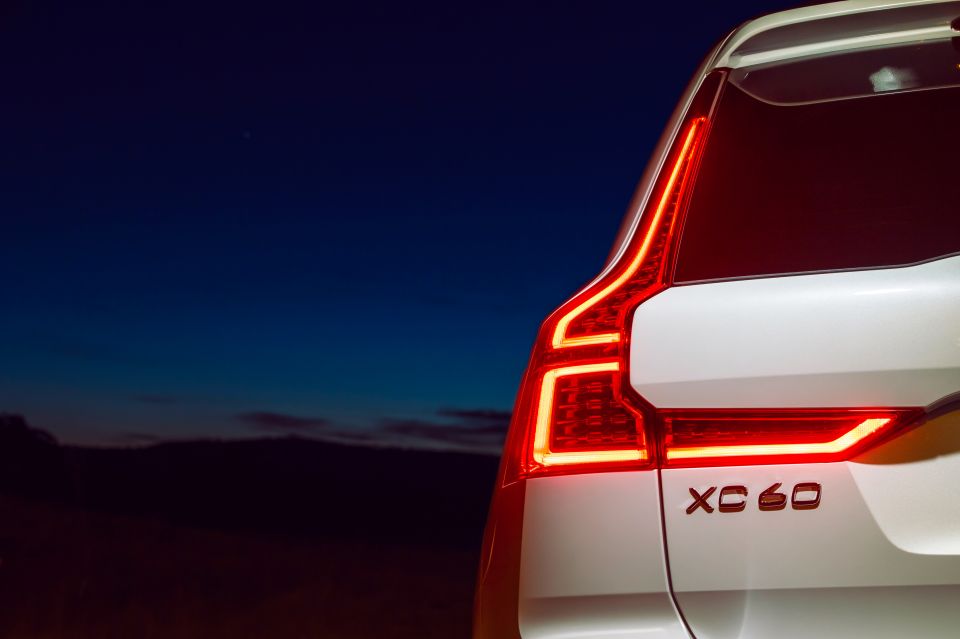
NC: Exactly, exactly. One of the things that we’ve been very focused on over the last couple of years is making sure dealers have a long-term sustainable business model.
We’ve been very careful not to over-facilitise [sic] our dealers, both in terms of the number of dealers we have and in terms of the investments we ask them to make.
I’ve been saying to the dealers since I arrived here a couple of years ago, we’re not interested in creating mausoleums to the motor trade. We want to have very, very nice dealerships people want to go to, and I think we’ve achieved that with our design language and interior design language.
But we’re not asking dealers to build gin palaces anywhere. The nature of the industry is changing anyway, and it’s just wrong to over-facilitise.
I’m not sure that consumers really care whether they’re in a five-car showroom or a 50-car showroom – it’s how [customers are] treated that really matters, the look and feel is more important than absolute size.
I think we’re in a pretty good place with our dealers, actually. They are in a good place to weather the storm, and we’ve taken a very conscious decision that we will support them through this period as best we can, and we’ll work with customers in whatever way they want us to work, to help them as well.
NC: We’re pretty comfortable with where it’s at. We have one or two potential open points, but for obvious reasons at the moment we’re not in any hurry to fill them – we weren’t in any hurry before.
I think it’s more important that we ensure profitability for the dealers that we have.
If we could fill maybe two or three more open points over the next 18 months that would be the extent of it, and I think the throughput capacity of our network is greater than the number of cars that we’re selling today, so there isn’t a desperate need to increase the footprint of our dealerships.
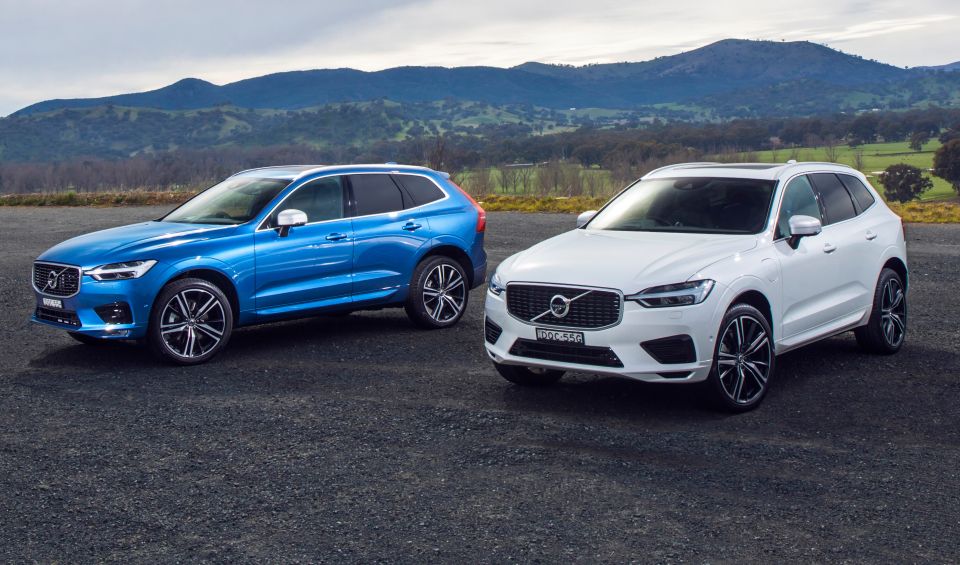
NC: The story (a report on CarAdvice) is correct, we are going to go to a five-year warranty.
We’ve been talking about doing this for at least the last year. A number of journalists I’ve spoken to in the past, I’ve said this is something we have under close review.
Obviously Mercedes has led the way with this, but it’s something that we were looking at doing for quite some time.
We are introducing a five-year warranty. We’ve got some practical issues around very simple things like warranty booklets and communications with the current situation, but our intention is every car we sell from the first of April will have a five-year warranty.
NC: We have obligations under the law anyway, frankly, and we make a substantial amount of goodwill payments for cars that are out of warranty – it seems to me this is more reflecting our actual practice on paper than it is a massive change.
But it does give us something to communicate to customers. I think the whole of the industry is moving in this direction at the premium end, certainly.
I think it’s what customers expect, so it’s the right time to do it, certainly.
NC: Absolutely. The Care by Volvo subscription service has been rolled out in a number of markets around the world really very successfully. I think, to be frank, it’s probably been more successful than even we anticipated – and we want to roll it out here.
I think the critical thing about Care by Volvo is you’ve got to do it properly. It would be quite easy to roll something out that was a fairly basic subscription service, but we’re very keen to get it right and actually have as much flexibility for the customers as possible.
That takes a fair bit of work and infrastructure, and we’ve been working on it now for several months. It’s been in the planning for quite a long time.
The current COVID-19 arrangements means that we’ve had to put it on hold, just because we can’t get the people in that we need to help us with that. But it’s certainly something that we will be introducing in the latter part of this year – I suspect now it’s going to fall into 2021, but it’s definitely a development we need.
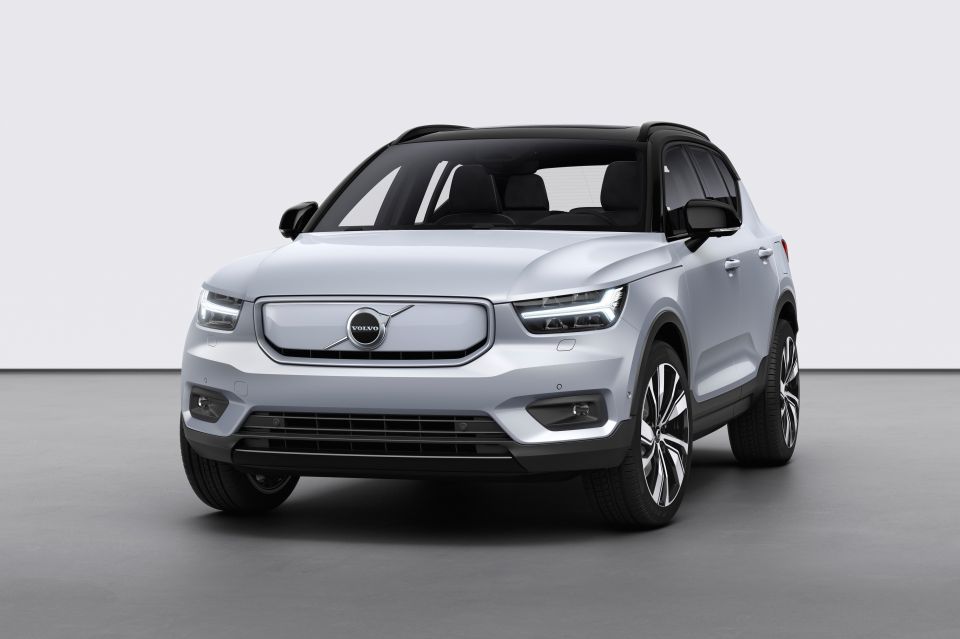
NC: We already sell a plug-in hybrid version pretty much all of our cars in Australia, apart from the V90 Cross Country, so dealers are used to dealing with electrified vehicles.
That’s not a novelty for them, they’re used to the safety procedures and the way of working that’s required for plug-in hybrids. They have charging points at dealerships, they’ve trained technicians, so there’s not actually an awful lot different that we need to do for the XC40 Recharge.
It’s an ongoing training issue which we’re well adapted to.
NC: I’ve been really pleasantly surprised by how well the Australian market has taken to our plug-in hybrids. I think the performance element is as appealing as the environmental element to some purchasers.
They work extremely well here, the infrastructure is growing all the time so I think we are well-placed.
We understand what people want. Certainly the fully-electric XC40 is a major step forward for us, frankly I’m very excited for when it arrives here.
NC: We were hoping to get it in at the back end of this year, obviously with current supply issues it’s going to be 2021.
We’re planning on quarter one, that’s when we would like to get it here, but for obvious reasons things are a bit uncertain at the moment.
I think it will do well here, I think it will be really well received.
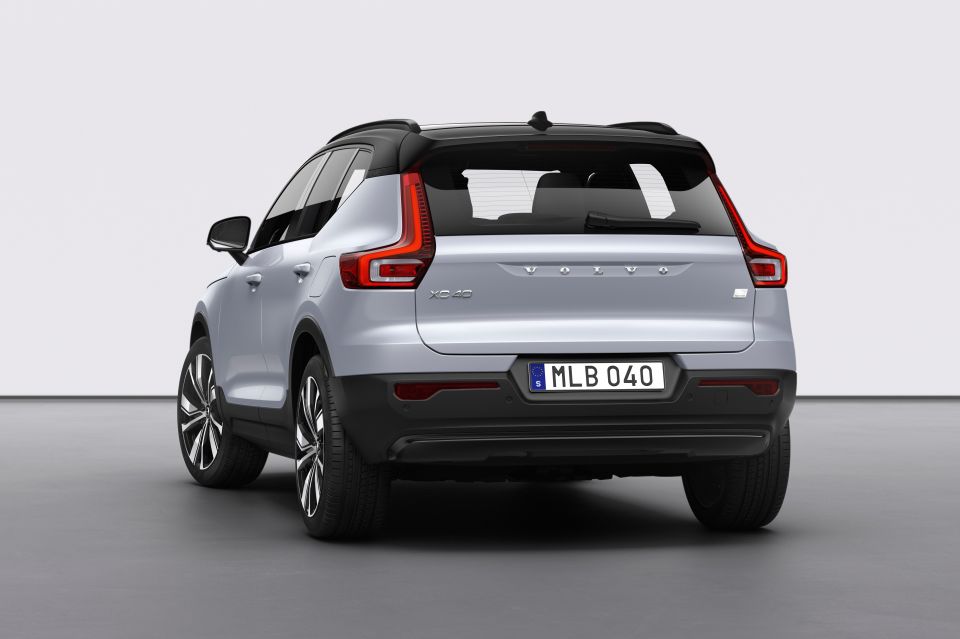
NC: The initial cars in the UK are very highly-specced versions.
I would hope that we can price it below $100,000 – the point is it needs to be competitive in the market, whichever market we sell it in, but I don’t see it as selling at six figures.
NC: Tesla is the most obvious rival. I think the difference is that the XC40 is what I call a proper SUV in a way. It’s not a crossover, it’s a small SUV.
Tesla is the most obvious, and frankly there’ll be other premium brands bringing their products here next year as well. I don’t think we’ll be short of competitors, but I think we have got a bit of a leap on the market if we can get it into Australia in quarter one.
NC: Exactly. The XC40 has been a huge success here and all around the world.
It’s a fabulous vehicle, and I think it’s very well suited to Australian preferences. I think that’s definitely a head start, and I think we can offer that in petrol, plug-in hybrid, or full-electric. I think that’s a really nice offering.
NC: I think it’s probably going to be quarter four now. The cars that are being sold very strongly in Europe at the moment, so I think it’s going to be quarter four.
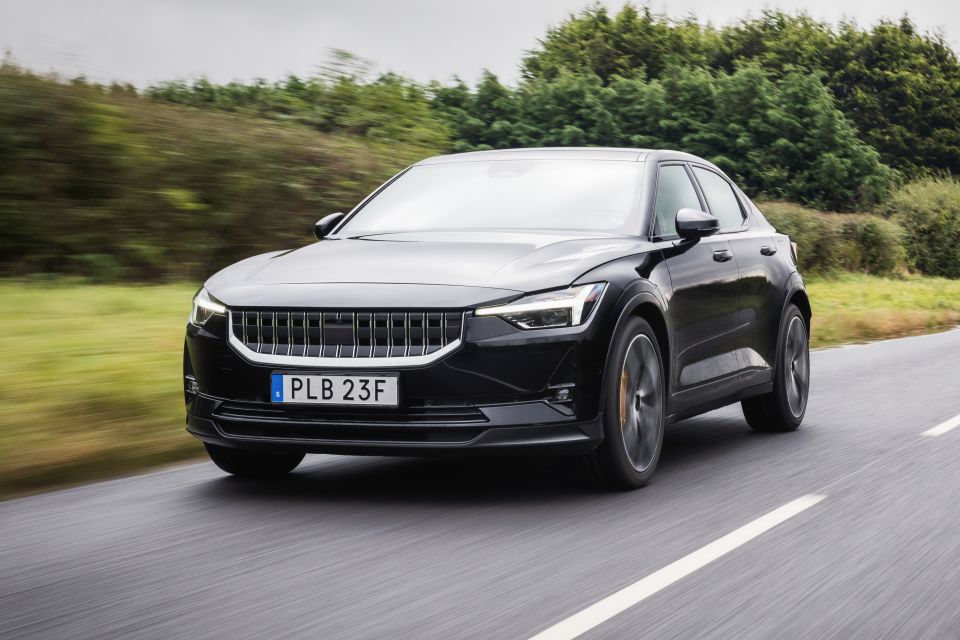
NC: Polestar have had plans to be a global brand and we’ve been in discussion with the Polestar team about a launch, most likely during the course of next year.
I can’t say exactly when because their plans, like everything else at the moment, are up in the air.
They certainly have plans to come to Australia.
NC: They’re starting with the Polestar 2, obviously the Polestar 1 is left-hand drive only so that’s not going to work here. The Polestar 2 will be the launch car.
NC: They’ll be sold as a standalone brand. Service, repair and maintenance will be carried out by the Volvo dealer network – or elements of the Volvo dealer network.
NC: I think they’ve done really good work, actually. I think the Polestar 2 is a really different design, I think it’s been executed extremely well.
The thing I like is there’s a clear differentiation between Polestar and the Volvo product. Obviously both Polestar 2 and XC40 are based on the CMA, the compact modular architecture, but the look and feel is very different.
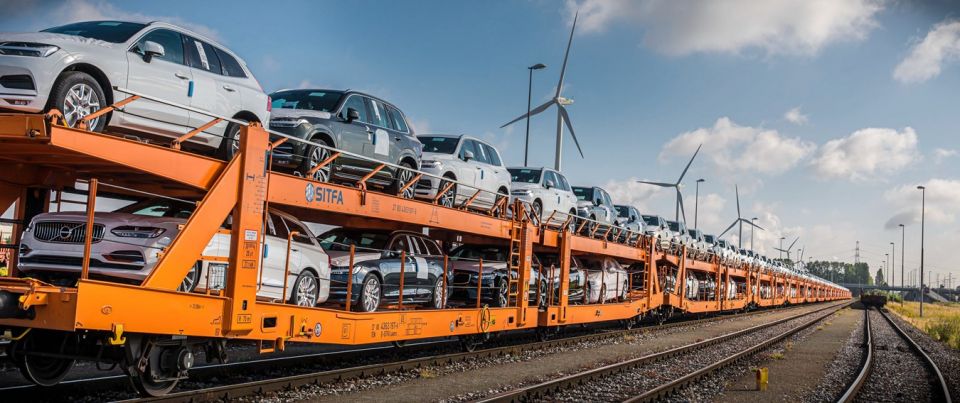
NC: That’s a nice way of putting it, isn’t it (laughing). It’s just saying that I’m very old… 25 years, quite a long time.
NC: Undoubtedly. Absolutely undoubtedly.
I think the last 10 years – and we’ve just celebrated 10 years of Geely ownership… I think it’s fair to say there were doubters at the time that thought that a Chinese manufacturer couldn’t effectively own a brand like Volvo, but I think they’ve been completely proven wrong.
I think it’s been a transformative 10 years actually, and I think we’re definitely in the best place that I’ve ever seen with the brand.
NC: That’s true – I mean you could say that no-one else would have me, but…
If I’m being kind on myself for the moment… I’m not a massive petrolhead. I really like cars, always been interested in them, but what I really like about Volvo are the genuine values of the business.
We talk about safety, environmental concerns, and quality, but we’ve been talking about those things since 1927.
I say to people who say Volvo has suddenly become quite fashionable, or very fashionable; ‘Volvo hasn’t changed. The things we stand for are exactly the same things we’ve always stood for. It’s just that those values have become much more attractive to people than they were 20, 30 years ago’.
I think it’s a cool brand, it’s a very nice organisation to work for. They’re genuinely motivated by doing the right thing, I often quote the fact we gave up the patent on the three-point seatbelt so everyone could benefit from it.
That actually is the sort of philosophy Volvo has. I think it’s a much more people-focused organisation than most automotive brands.
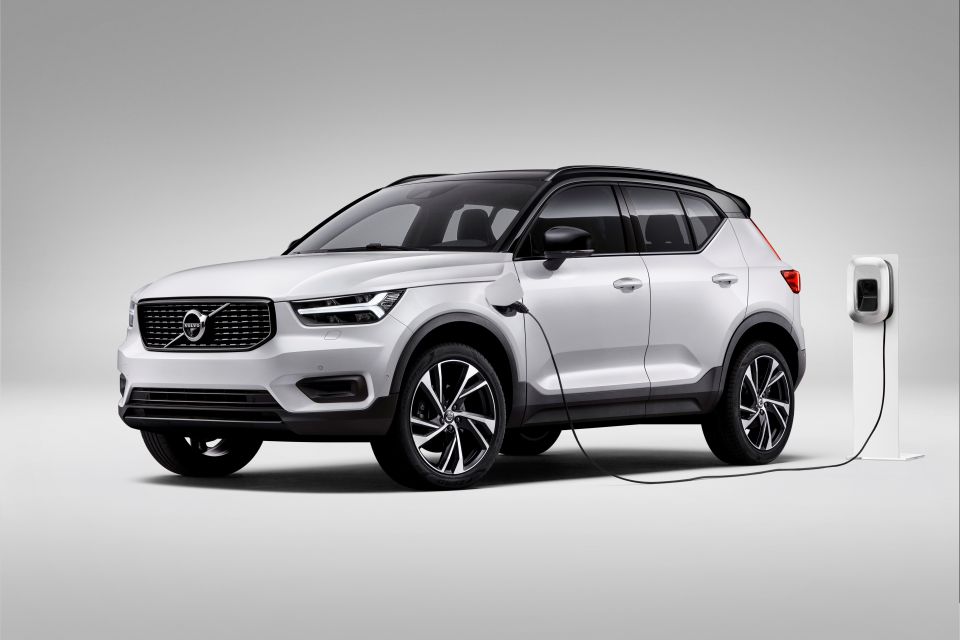
NC: I think, honestly, putting hard numbers on it at this point in time is so difficult.
We had planned to grow to around 9000 units this from the 7600 last year. With the world as it is at the moment, I think that’s got to be very much in doubt. And honestly I’m not obsessing about where we end up.
I think our focus over the next few months has got to be looking after our customers, looking after our dealers, keeping the business going. And I’m not that bothered about the final number.
I’d love to sell cars, love to get more Volvos on the road here, but I think that’s the wrong focus to have at this moment in time. More than anything else, I’d be very happy if more Australians consider Volvo for their next purchase.
We’ve done really good work in marketing with the Omtanke campaign we’ve been running, I think people are reassessing what Volvo stands for and the products we have.
I always say that we’re not looking to rule the world, we’re not looking to be the brand that everybody wants to drive, but if we can appeal to two or three per cent of the Australian car-buying public then that’s enough for us.
We’re not saying we need to be in the top five manufacturers in Australia, but if we can get one per cent market share and people love the Volvos then own then we can be happy with that.
Would you like to see more Q&A stories? Let us know in the comments.
Take advantage of Australia's BIGGEST new car website to find a great deal on a Volvo.
Scott Collie is an automotive journalist based in Melbourne, Australia. Scott studied journalism at RMIT University and, after a lifelong obsession with everything automotive, started covering the car industry shortly afterwards. He has a passion for travel, and is an avid Melbourne Demons supporter.


Neil Briscoe
6 Days Ago


William Stopford
8.5
5 Days Ago
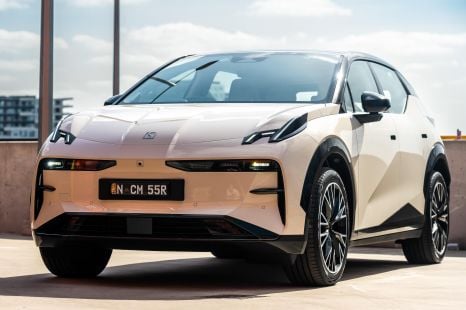

James Wong
7.9
4 Days Ago
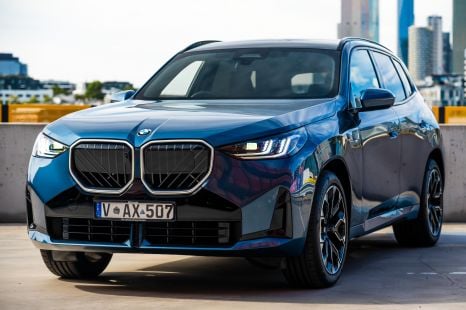

Jack Quick
8.4
3 Days Ago
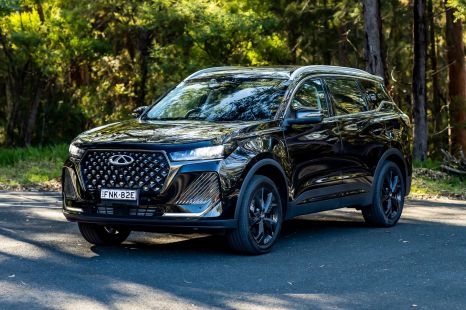

Matt Campbell
8.1
2 Days Ago
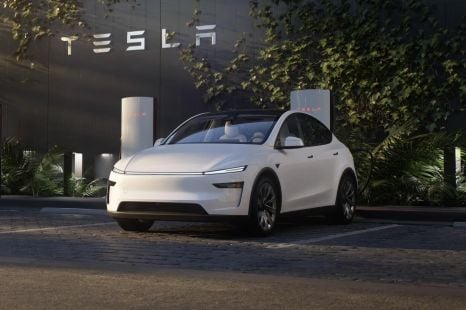

Damion Smy
9 Hours Ago